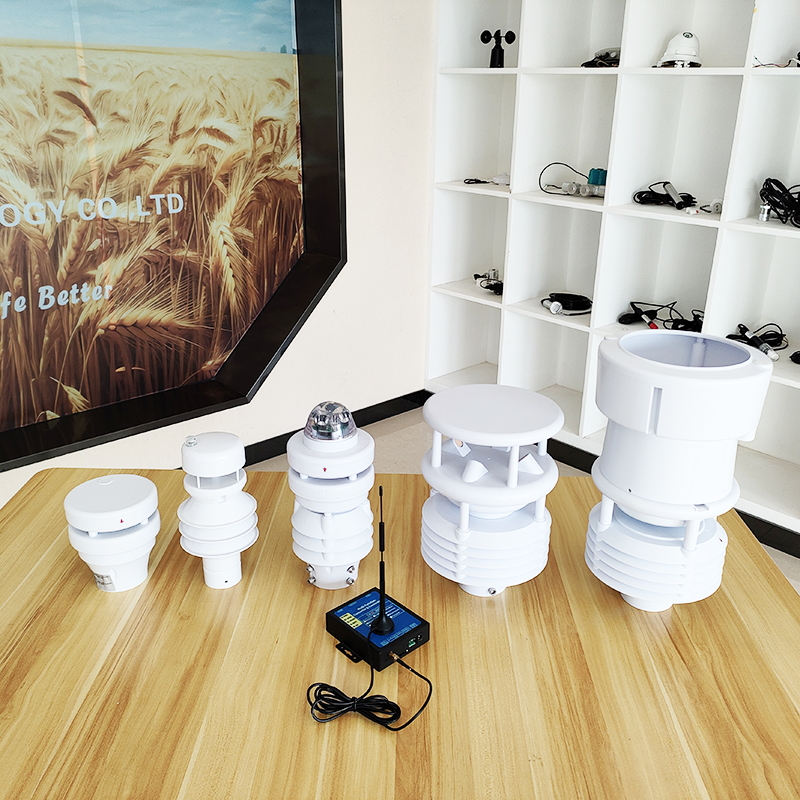Weather data has long helped forecasters predict clouds, rain and storms. Lisa Bozeman of Purdue Polytechnic Institute wants to change this so that utility and solar system owners can predict when and where sunlight will appear and, as a result, increase solar energy production.
“It’s not just how blue the sky is,” said Boseman, an assistant professor who earned her Ph.D. in industrial engineering. “It’s also about determining the production and consumption of electricity.”
Bozeman is researching how weather data can be combined with other publicly available data sets to improve the responsiveness and efficiency of the national grid by more accurately predicting solar energy production. Utility companies often face the challenge of meeting demand during hot summers and freezing winters.
“Currently, limited solar forecasting and optimization models are available to utilities regarding the daily impact of solar energy on the grid,” Bozeman said. “By determining how to use existing data to evaluate solar generation, we hope to help the grid. Management decision makers are better able to manage extreme weather conditions and peaks and valleys in energy consumption.”
Government agencies, airports and broadcasters monitor atmospheric conditions in real time. Current weather information is also collected by individuals using Internet-connected devices installed in their homes. In addition, data is collected by NOAA (National Oceanic and Atmospheric Administration) and NASA (National Aeronautics and Space Administration) satellites. Data from these various weather stations is combined and made available to the public.
Bozeman’s research group is exploring ways to combine real-time information with historical weather data from the National Renewable Energy Laboratory (NREL), the U.S. Department of Energy’s primary national experiment in renewable energy and energy efficiency research and development. NREL generates a dataset called Typical Meteorological Year (TMY) that provides hourly solar radiation values and meteorological elements for a typical year. TMY NREL data can be used to determine typical climate conditions at a particular location over a long period of time.
To create the TMY dataset, NREL took weather station data from the last 50 to 100 years, averaged it and found the month that was closest to the average, Boseman said. The goal of the study is to combine this data with current data from local weather stations across the country to predict the temperature and presence of solar radiation at specific locations, regardless of whether those locations are near or far from real-time data sources.
“Using this information, we will calculate potential disruptions to the grid from behind-the-meter solar systems,” Bozeman said. “If we can predict solar generation in the near future, we can help utilities determine whether they will experience a shortage or surplus of electricity.”
While utilities typically use a combination of fossil fuels and renewables to produce electricity, some homeowners and businesses generate solar or wind power onsite behind the meter. While net metering laws vary by state, they generally require utilities to purchase excess electricity generated by customers’ photovoltaic panels. So as more solar energy becomes available on the grid, Bozeman’s research could also help utilities reduce their use of fossil fuels.
Post time: Sep-09-2024


